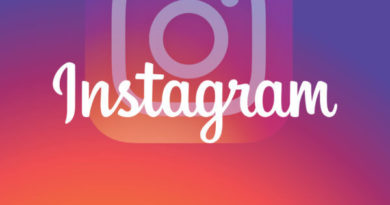Meta introduces AI-powered brand suitability controls and third-party verification for feeds
Meta is the first social platform to have its metrics evaluated by a third party.
In partnership with Zefr, the third-party verification solution for Facebook Feed is also available, with more Meta Business Partners set to join in the coming months.
Why we care. Ensuring that ads appear next to suitable content helps maintain a positive brand image. Associating with inappropriate or controversial content can harm a brand’s reputation and, in some cases, lead to public backlash or loss of consumer trust.
Additionally, by placing ads in suitable contexts, advertisers can better connect with their target audience, increasing the likelihood of successful engagement, higher click-through rates, and improved conversion rates.
AI-powered solutions. Meta has also developed a multi-stage AI review system to classify content for advertisers, ensuring brand suitability controls are implemented. This system complements existing technology that identifies content that violates or potentially violates Meta’s Community Standards and Guidelines.
How it works. The AI system classifies content, including text, video, and images, within Facebook and Instagram Feeds to determine if it complies with monetization policies. If the content does not comply, ads will not appear above or below it. The models then assign eligible content a suitability category.
Partnership collaborations. Meta has collaborated with industry partners, such as the Global Alliance for Responsible Media (GARM), to create controls that align with GARM’s Suitability Framework, which categorizes content as high, medium, or low risk.
Advertisers now have three options to control the types of monetizable content that can appear above and below their ads:
- Expanded inventory: This default setting displays ads alongside content that adheres to Meta’s Community Standards and meets monetization eligibility criteria.
- Moderate inventory: This option is designed for advertisers seeking a moderately conservative approach and excludes high-risk content, in accordance with the GARM Brand Suitability Framework.
- Limited inventory: This option is for advertisers preferring the most conservative approach, excluding content considered high and medium risk, following the GARM Suitability Framework.
In the future, Meta plans to extend these controls to support more languages and make them available to advertisers in additional countries. They will also begin testing these controls on other placements, such as Reels, Stories, Video Feeds, and other surfaces across Facebook and Instagram, to further understand advertiser preferences and improve the technology.
Third-party brand suitability verification. Meta has collaborated with Zefr to develop and test an independent AI-powered solution that reports the context in which ads appear on Facebook Feed.
During early testing, it was discovered through third-party verification with Zefr that less than one percent of the content on Facebook Feed falls into the high-risk GARM suitability category.
Zefr’s AI product evaluates video, image, text, and audio to categorize Feed content based on GARM suitability standards. This solution empowers advertisers to measure, verify, and comprehend the suitability of content near their ads, enabling them to make well-informed decisions to achieve their marketing objectives.
Later this year, Meta plans to extend this verification and measurement solution to more badged Meta Business Partners.



